Holden Special Vehicles has survived the end of the locally made Commodore to become the home of a more diverse range of specialist GM models.
After relying on heavily re-engineered Commodore V8s for three decades, HSV’s new niche is a mix of import-based products headlined by a local right-hand drive conversion of the Chevrolet Camaro.
The American muscle car will be backed up by converted Chevy Silverado pick-up trucks and extensively enhanced Holden Colorado utes in next year’s first wave of the new-look HSV line-up. The right-hook Camaro will be the latest version of the mid-line 2SS model, powered by the LT1 6.2-litre V8 producing 340kW and expected to cost close to $80,000. While not a direct rival on either price or volume, the Camaro will naturally be compared with the hot-selling Mustang.

The last VF Commodore-based HSV was a W1 produced in December, also signalling the end of operations at the Holden hot shop’s long-time base at the Clayton Business Park in Melbourne. From early 2018, HSV will join the rest of the Walkinshaw Automotive Group at a new standalone site. The HSV brand lives on, but in the background rather than as a standalone nameplate.
HSV’s renewed long-term deal as Holden’s performance partner begins in January 2018 with the start of production of the Colorado SportsCat by HSV. Right-hand drive Silverados follow in March, with the first converted Camaros due in June/July.
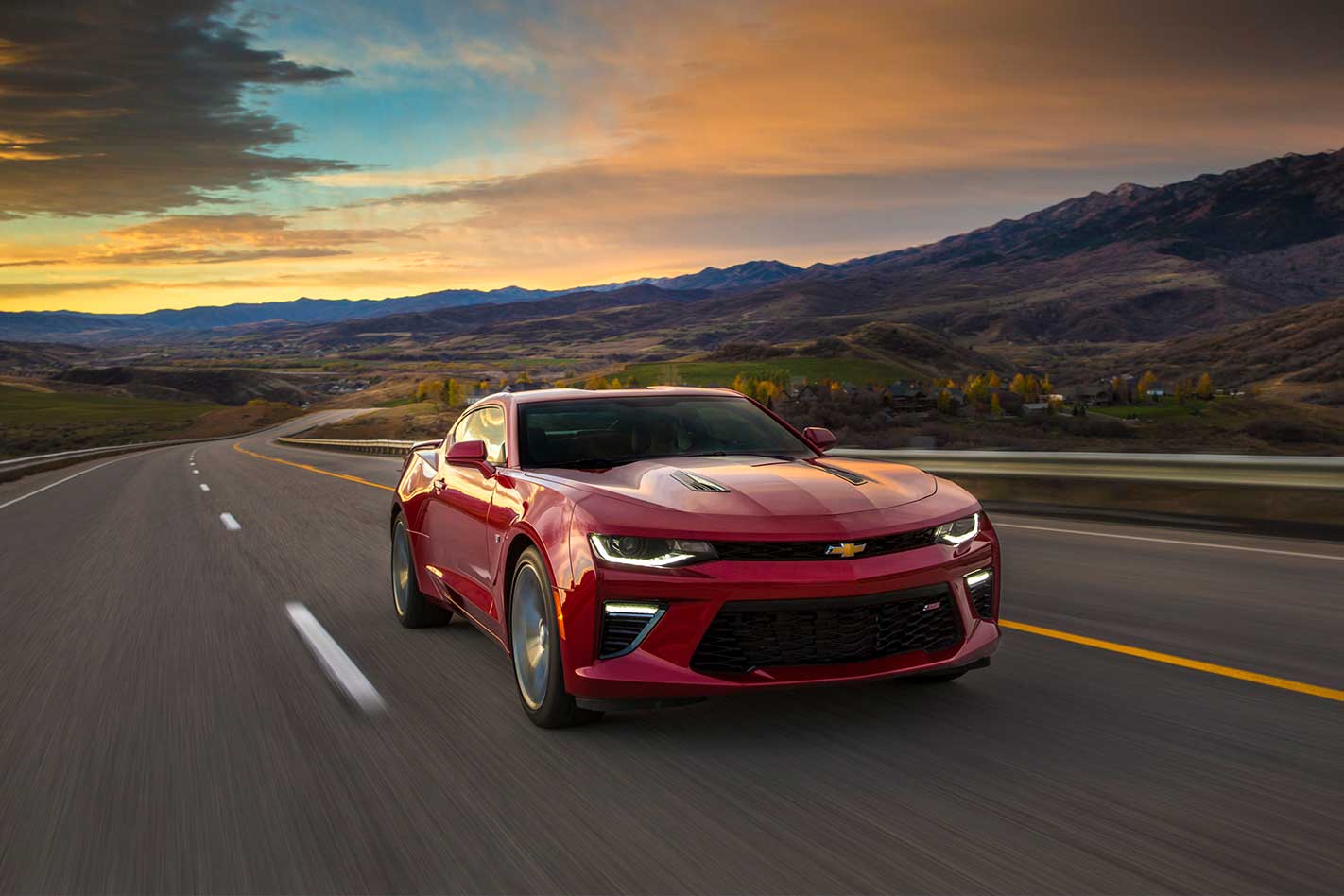
The Colorado SportsCat by HSV features major appearance and suspension upgrades to the Thai-built dual-cab ute, but the 2.8-litre Duramax diesel misses out on performance improvements, never mind dropping in a turbocharged V6 or a V8. Well, not for the moment. A Super Colorado is in the works, powered by GM’s twin-turbocharged 3.6-litre V6, but whether that is a Holden-approved HSV project or a Walkinshaw Performance mutant machine isn’t clear.
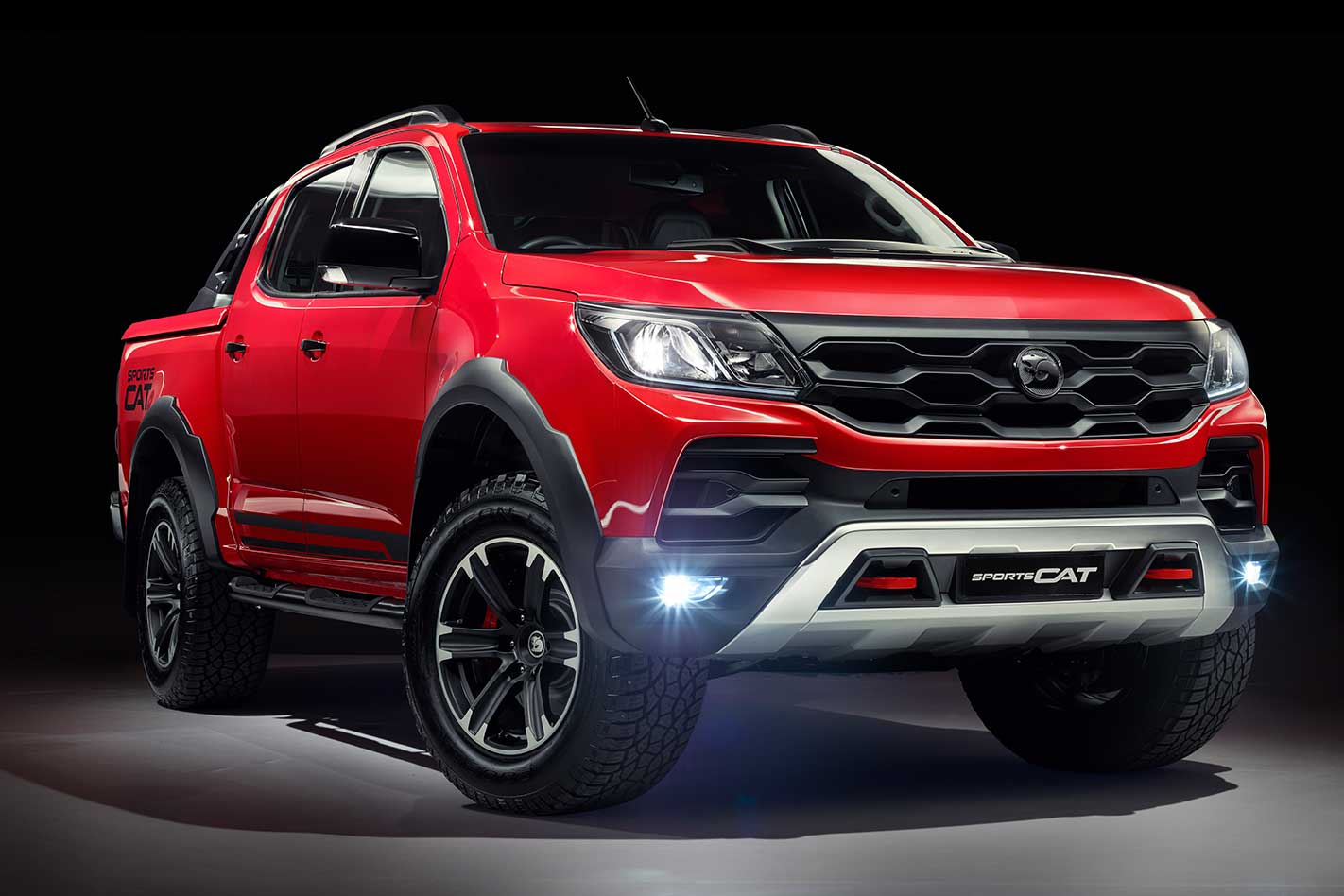
The men who forged HSV’s new future were managing director Tim Jackson and Monaco-based owner and chairman Ryan Walkinshaw, the son of late founder Tom. They sat down with MOTOR for an extended discussion to outline HSV’s plans to prosper in a post-Commodore V8 world.
How does HSV’s new deal with Holden work?
Tim Jackson: “It’s structured in a way that makes it easy to pursue different platforms. Obviously, with the Commodore platform coming to an end, the job has been to work out, ‘okay, what does the next phase of HSV’s business look like?’ and that will definitely look more diversified. Certainly, keeping a foot in the performance camp, but also looking at other growth areas for the business.

“It’s been a journey over a few years and we have to be grateful in terms of the work that’s gone on in the background between ourselves and Holden and GM to find the right product solutions for the marketplace. We’re genuinely excited about the opportunity and how our business is going to change and transform. It doesn’t come without risk and scrutiny, but we think we have a portfolio of products in the beginning that will hold us in good stead. But there’s a lot of scope for other and new and different product going forward.”
What happens with the HSV brand?
TJ: “The HSV brand sticks around. In terms of the Colorado, we’re going to refer to that as the Colorado SportsCat by HSV. We’ve had a lot of different discussions about what HSV has become synonymous with and I guess it’s not dissimilar to an M Sport or an AMG as reference points. People will ask about the SportsCat, ‘is it a fully blown HSV without a powertrain upgrade?’ because it doesn’t have a powertrain upgrade at this point. And I think we’re honest enough to say, ‘yeah, we think it’s probably best described as a Colorado SportsCat by HSV’.

So where does the HSV name fit in with the Camaro and Silverado conversions?
TJ: “It won’t. The simplest way to describe it is that HSV is the organisation behind these products. When and if there’s a product that we think logically wears the HSV brand, I’m sure we’ll have the conversation with Holden and determine if that’s the right path.”
Hence Holden Colorado SportsCat by HSV rather than HSV SportsCat?
TJ: “I think it’s trying to be honest about where it sits. We see a lot of debate in the market place about what name should be on different products, but it’s actually a great product and we don’t want it to get lost in the debate of what its name should be if people think we’re overstating the name. We’re better off saying, ‘don’t worry about that, it’s actually a great product, worry about the product itself’.
“Typically, when we’ve looked at an HSV, it’s been strong, bold design, improved chassis dynamics and a power upgrade. And that’s really the only thing we haven’t been able to have an influence on (with the Colorado SportsCat). The only thing we haven’t been able to change is power. Realistically, this category is a torque-driven category and the engine itself is actually a very strong engine for what it delivers. But that’s one of the reasons we’ve moved to calling it the Colorado SportsCat by HSV.

Why did it take so long to finalise and announce this new arrangement?
Ryan Walkinshaw: “We wanted to make sure we got it right. Getting a long-term agreement like we have with GM and Holden, we had a negotiation that looked at all the different options that was open enough to allow us to do something we’ve not traditionally done. Previously, we’ve really only had one product that we’ve worked on and it’s primarily been a relationship with just Holden. Now that we’ve expanded that relationship our contract is with GM in Detroit as well.
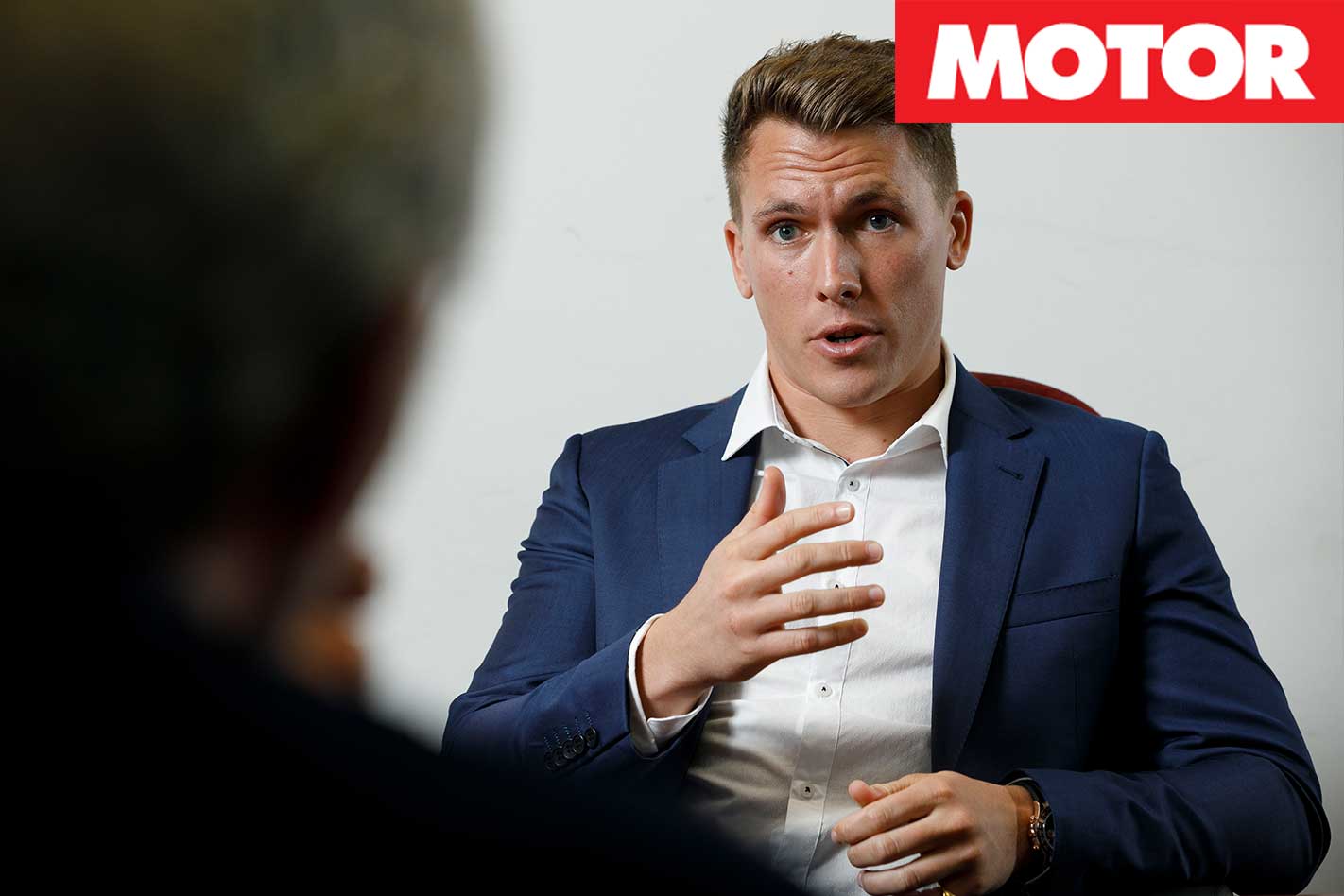
“Everyone worked very hard to get a deal done that lets us work on so many programs going forward rather than just what we’ve traditionally done. It’s always been an ambition of mine to expand away from just doing Commodore and into different markets.”
We hear to renewal is for 10 years.
RW: “It’s a long-term deal, that’s all I’ll say.”
Was GM’s ultimate approval fundamental to going ahead with the Camaro and Silverado conversions?
RW: “It’s their brand, their original product, and they have to have confidence that what we’re doing won’t damage their reputation. That’s why the cars we’re working on with them will be in their dealerships.”
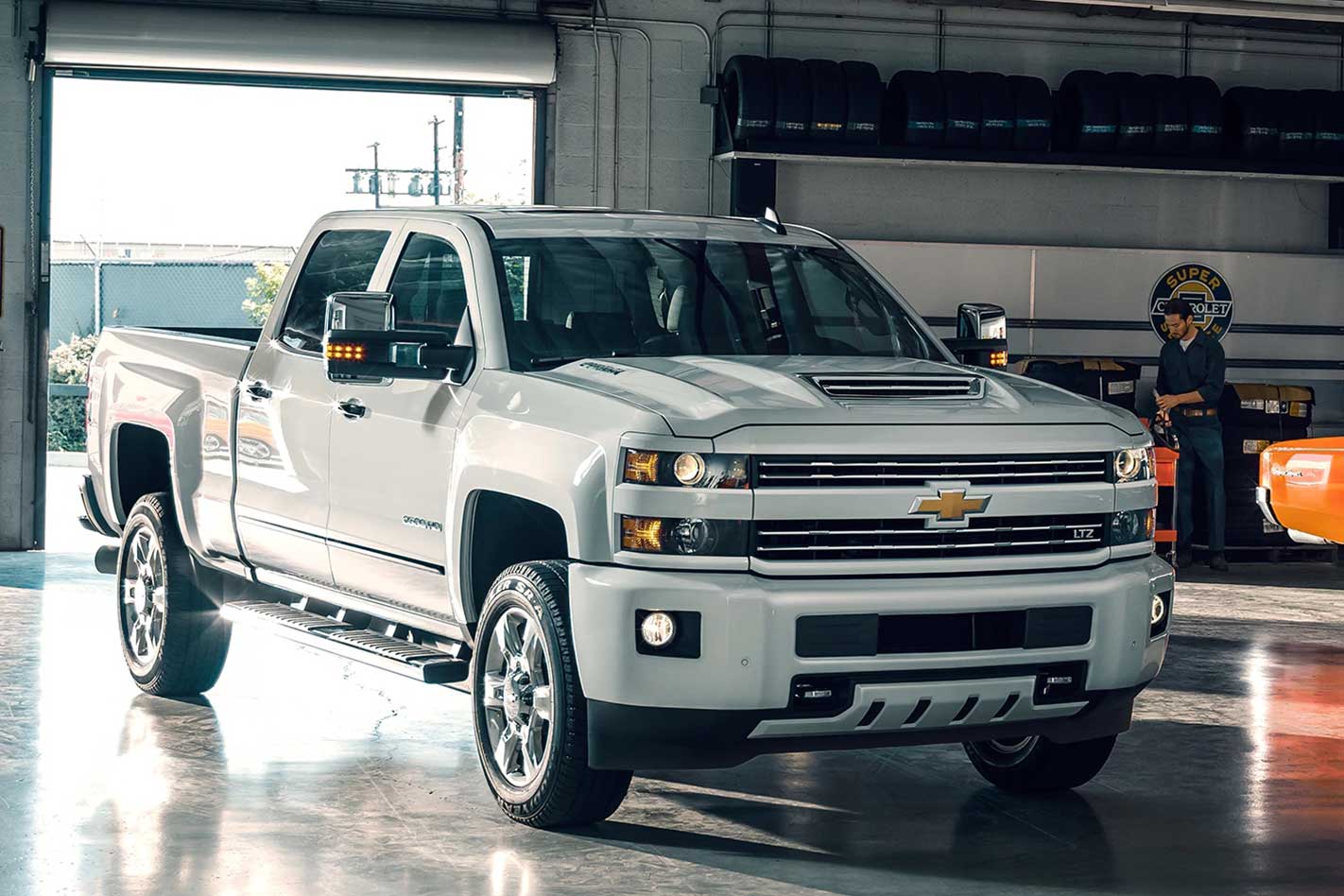
RW: “Yes. And we’re working on other programs in the future that will fall into that category.”
So there’s scope to do other things with other models in Holden’s imported model range?
RW: “Absolutely. In fact, the entire point of this new arrangement is that it opens a lot more doors than we previously had access to. Previously, our relationship was defined by a contract with Holden to work specifically on Commodore and there wasn’t much ability for us to go and play with some of the other toys in the toy box. But going forward, the relationship now opens up a lot of opportunities to work on different products and also different business models.
“So rather than just having the specific business model we’ve been used to, the new arrangement with GM allows us to look at different business models in order to make other programs work which may not have worked under our traditional business model.”

Do you think HSV’s traditional buyers make the move with you?
TJ: “I think it’ll be a bit of both. If you’re only in the market for a four-door, rear-wheel drive V8, we’re not going to get you. But if you’re in the market for a car that is exciting to drive, meet your needs, makes a statement about who you are, I think we have a great portfolio to capture you.”
Did you look at a high-performance HSV version of the ZB Commodore?
TJ: “We have looked at it, we continue to look at it. The right solution hasn’t presented itself as yet. But the world evolves and things change, so we never completely put something to sleep. Situations change, opportunities present themselves all the time, so our job is to have our eyes and ears open, and always be looking for that next opportunity.”

TJ: “I think it would have been very good.”
Has the market for the vehicles that HSV has traditionally built and excelled in, become too small?
RW: “We excel in being a niche design/engineering/manufacturing house. What we excel in is what we deliver to develop a product. It’s our design, engineering and manufacturing expertise, and our ability to bring good product to market. That’s what we excel at. What we’re doing is looking into new products to put that experience into.”
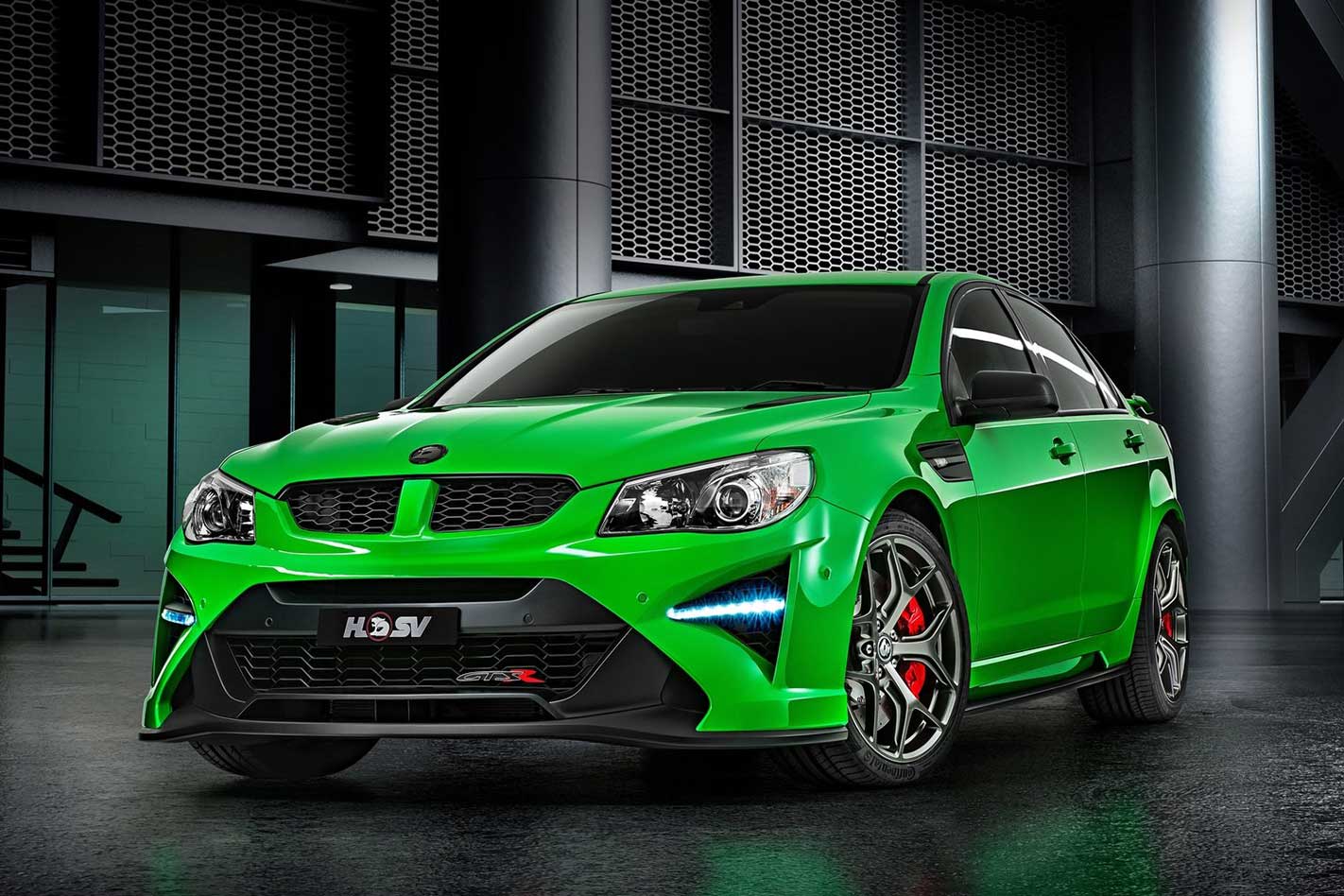
RW: “When you have uncertainty in any business on what the future holds, that can be uncomfortable. But looking back on it now, it was probably one of the best things that ever happened to us. We had a very comfortable existence back then. We knew what products were coming, we had a great relationship with Holden working on that product, we knew we had a strong customer base and we knew how to make that product really sing.
“What it really did was it forced us to look at ourselves internally and look at the world externally again, and say, ‘what do we want to become? Do we want to become more or do we just want to continue to try to do what we have been doing?’ And our answer was, ‘no, we want to be more’. We want to be more ambitious, we want to be bigger, we want to grow and we want to do more exciting products in more different market segments.

Has taking the next step forward required substantial investment?
RW: “Yes. I won’t talk about the details, but these car programs always require a lot of investment and that’s what separates us from other automotive groups that try to play in our sphere. We’re one of the few groups in the world that can take a product right from inception and design through the engineering and manufacturing processes, and also bring it to market. But, obviously, when you’re doing that much work, there’s a lot of investment that goes into it.”
What sort of volumes are you looking at with the new line-up?
TJ: “By the time we get to the end of 2018, we think we’ll be around the 3000 unit run rate, which is roughly where we’ve been for a long period of time. We typically adopt fairly conservative business cases. But longer-term, over a sort of three- or four-year period, we could be looking at upwards of 4500-5000 units if done well. We’re actually looking at it as a growth opportunity. Our business becomes more complex – we’re running 3000 units over three different programs as opposed to what was essentially one program – but it sets us up to grow.

TJ: “Certainly, the traditional buyer will be interested in that space, given the nature of the product. If you look at the two-door sports sedan market, obviously Mustang’s had a pretty big impact there. But we haven’t set up to go after Mustang. We’re focused on the fact that within its competitive set, it’s an exciting product on its own.
“I know the automotive business traditionally talks about conquest sales, but we don’t really talk in those terms. We just think about, ‘is that a great product and is there a market for it?’ We think that market for us can be anywhere between 1000-3000 units per year. It’s going to come down to the final pricing and the overall spec.”
But Camaro and Mustang are traditional arch-rivals in the market.
RW: “There’s always going to be a perception that they’re direct rivals, sure.”
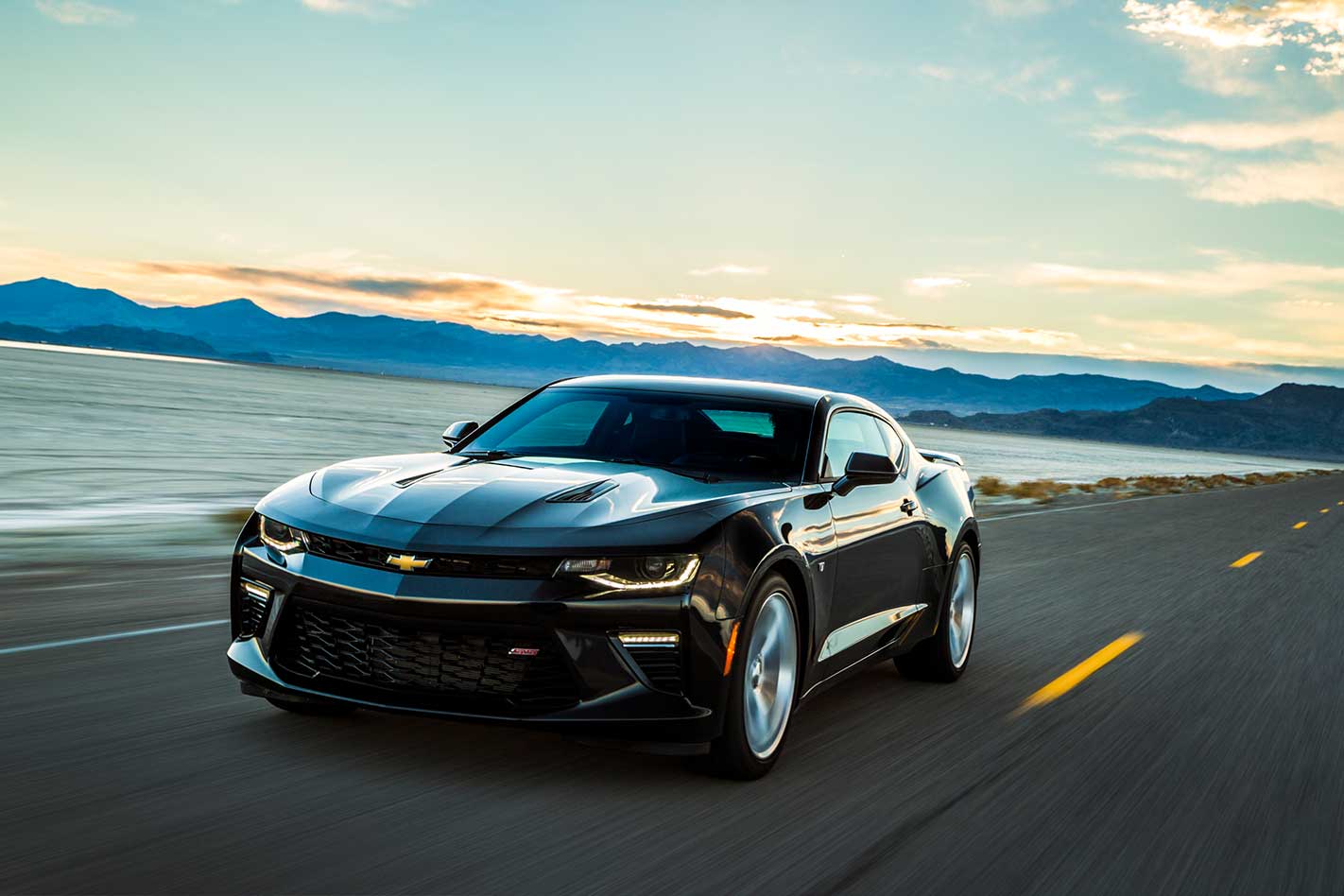
Will there be any HSV branding on the Camaro?
TJ: “There may well be a build reference – as in “Built by HSV”. Effectively, we will have complied the vehicle, so there’ll be a reference to our organisation on the compliance plate”.





